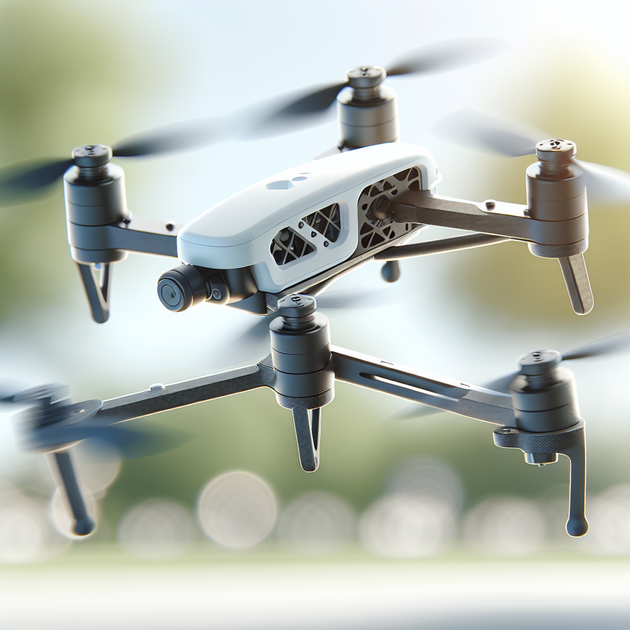What Makes a Thrust-Vectored Tail-Sitter Drone So Unique?
Drones come in all shapes and sizes, but not many combine both vertical takeoff and airplane-like forward flight. That’s where a thrust-vectored tail-sitter drone like the X1-Thorn stands out. Instead of relying on tilting wings or complicated mechanisms, a tail-sitter takes off and lands on its tail—then tips forward to fly like a regular plane. Add in thrust vectoring (changing the direction of the engine’s thrust), and you get an agile, stable flyer that’s as much fun to experiment with as it is to watch.
Building the X1-Thorn: From Concept to Hover
The journey started last semester as a hands-on project to learn more about aircraft dynamics and control systems—plus, it’s just plain cool to see something this different take shape. The first goal? Get the X1-Thorn hovering reliably. That might sound simple, but balancing a tall, narrow aircraft upright is no small feat.
To build an accurate model of the drone’s behavior, data was gathered using a homemade 3-load-cell test rig. This rig helped measure forces generated by the motors at different power settings and angles. All this info went into Simulink, which let me simulate various flight scenarios before ever leaving the ground.
Designing Control Algorithms (and Making Them Work)
Once Simulink modeling confirmed the design could theoretically hover, it was time for control algorithms. The aim was simple: keep the drone upright and steady while hovering. Using the data from earlier tests, I wrote custom C code for an STM32H7 microcontroller. This chip is fast enough for real-time adjustments—a must when your drone is trying not to tip over!
Here’s what went into those control algorithms:
- Stabilization routines for pitch, roll, and yaw axes
- Sensor fusion for accurate attitude estimation
- Thrust vectoring logic so the motors could “steer” the drone in hover
- Failsafes in case sensors or motors acted up
Seeing all of this come together for that first successful hover was seriously rewarding. If you’re curious about control theory basics in UAVs, UAV Coach has a good explainer on how these systems keep drones stable.
X1-Thorn Prototype Flight Test Video
After weeks of tinkering with code, running simulations, and making tweaks to the airframe, it was finally time for a real-world test. The first prototype didn’t need to do much—just lift off vertically and hold itself steady—but that “simple” hover showed that all those hours paid off.
You can check out my full test flight video on YouTube (watch here). You’ll see how quickly small changes in thrust direction let the drone counteract wobbles and stay balanced.
A Quick Anecdote from Testing Day
The first outdoor hover test almost ended before it began! Right as I powered up, a gust of wind caught the X1-Thorn, sending it off-balance. Thanks to the real-time thrust vectoring code (and maybe some luck), it quickly stabilized and kept flying. There’s nothing quite like seeing your math and code fight gravity in real time—it’s part relief, part adrenaline rush!
What’s Next for This Tail-Sitter Drone?
The X1-Thorn is just a starting point. Now that basic hover works, there are plenty of improvements ahead:
- Smoother transition from vertical hover to forward flight
- Lighter airframe for longer endurance
- More robust fail-safe systems
- Exploring autonomous flight modes
If you want to learn more about thrust-vectoring or other hybrid VTOL designs, sites like eVTOL News are worth checking out—they cover everything from hobbyist projects to commercial prototypes.
Curious About Tail-Sitters or Drone Building?
There aren’t many opportunities to share these kinds of projects in detail—so if you have any questions about how thrust-vectored tail-sitters work or want tips for your own DIY drone build, drop them in the comments below! What would you try next with a platform like X1-Thorn?

Leave a Reply